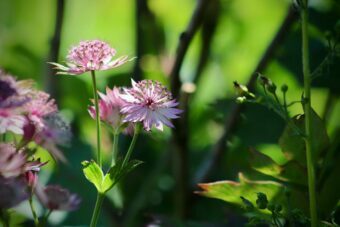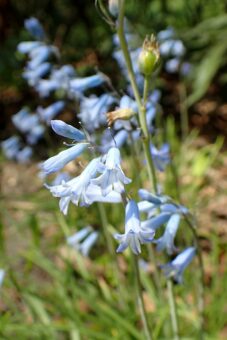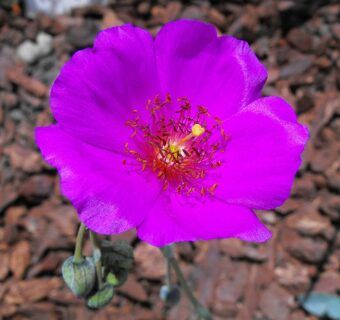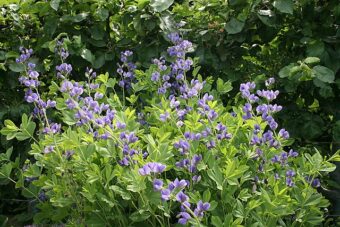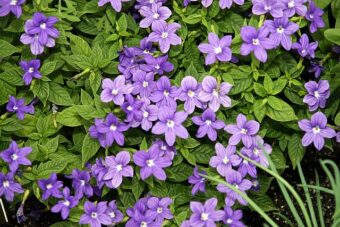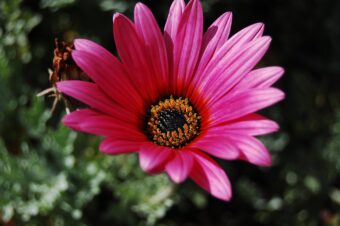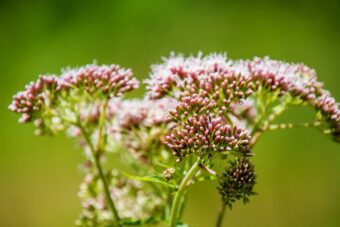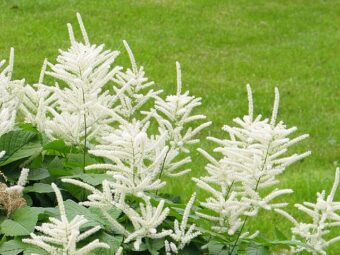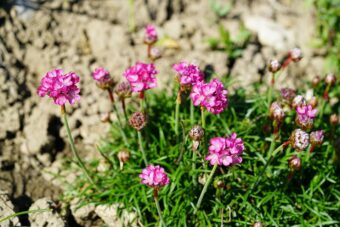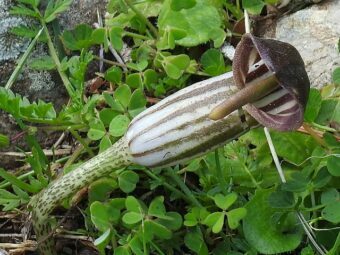In this article, we will discuss how to grow the cottage favourite of Astrantia in containers. Astrantia is a genus of herbaceous perennials that belong to the Apiaceae family (the celery family). It is found throughout Central, Eastern and Southern Europe, but not found in the Colder Northern parts. Astrantia is a small genus, where only 11 species are known to exist and most are not seen in the garden, especially in the UK. It has the common name of Masterwort but it can be sold as Melancholy Gentleman or Hattie’s Pincushion.
This is a perennial for the shade. In …

